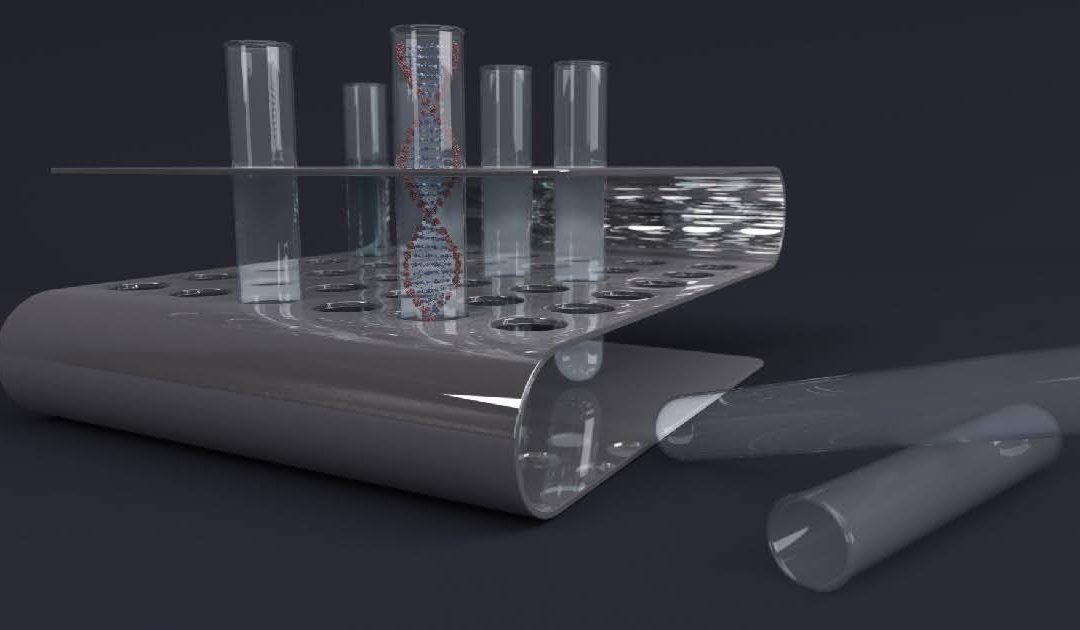Today’s engineering projects require consistent accuracy, precision, and efficiency – especially as designs grow in complexity, and the dynamics of living standards, social behaviours and environmental changes adapt over time. 3D steel detailing has been a game changer in the building and fabrication industries – using advanced technology and software, this method allows for precise visualisation of steel structures, improving fabrication and assembly accuracy, streamlining operations, and reducing costs.
This article discusses how 3D detailing helps with complex engineering projects and why it is quickly becoming the industry standard – learn more, with the team at Weldform Structures.
Enhanced accuracy and precision in detailing
3D steel detailing models go beyond typical sketching methods by generating a digital counterpart of your project. This model functions as a precise, manipulable duplicate of the planned structure, providing a level of accuracy that allows you to better visualise the spacing, dimension and materiality of your design, essentially providing a virtual ‘walk-through’.
A 3D model accurately represents each beam, column, and connector. This guarantees that all structural components fit correctly, reducing the possibility of errors during fabrication or installation. For complex projects with many stakeholders, 3D detailing considerably decreases the chance of miscommunication and keeps everyone on track.
Improved collaboration between teams
A fundamental advantage of 3D detailing in complex engineering projects is that it improves team communication. The digital models allow stakeholders to examine and interact with the project in real time – with the capacity to point out specifics on key sections and details without risk of miscommunication or vague assumptions, offering a comprehensive view while breaking down traditional team silos. Instead of relying on disparate drawings or papers, teams can use a centralised model to keep everyone on the same page.
Additionally, any modifications made to the design are immediately reflected in the model, allowing for quick alterations and avoiding costly rework. The ability to share these models across platforms reduces mistakes, miscommunications, and delays. It essentially serves as a single source of truth for everyone involved in the project, keeping the team aligned and on track.
Time and cost savings
Traditional detailing methods often require extensive manual revisions and take longer to finalise. By using 3D detailing models, companies can significantly cut down on the time needed to complete the detailing phase.
With 3D models, designers can quickly test various configurations, spot potential clashes, and optimise designs before any steel is fabricated. This proactive strategy shortens the time spent on manual changes and significantly reduces the amount of on-site alterations, which can be both time-consuming and expensive.
Clash detection and risk mitigation
In complicated engineering projects, several systems—such as structural steel, electrical, plumbing, and HVAC—often have to share limited space. Without proper planning, clashes between these systems may go undetected until development is well underway.
3D steel detailing models offer built-in clash detection features that allow teams to spot these issues before fabrication or installation begins. Addressing these concerns early on reduces project timeline disruptions and mitigates risks that could lead to costly delays, safety hazards, or structural failures.
Streamlined fabrication and installation
Once the 3D model is finalised, it can be used to automate various fabrication processes – whether machining, stamping or otherwise. Automated cutting, welding, and drilling machines can take the data directly from the 3D model to ensure each component is fabricated to exact specifications.
This precision does not end at the fabrication shop; it continues to the installation site. The great level of detail in 3D models allows installation crews to operate more efficiently since they have all of the information they need to secure each component. Detailed instructions and visualisations from the 3D model make it easier to follow the installation plan, reducing the chance of errors or misinterpretations.
Increased flexibility in design
Because the models are digital, they can easily be updated or altered as project requirements change. This adaptability is especially useful in large-scale initiatives because changes are common as the project progresses.
For instance, if a change in architectural design requires an adjustment in the structural steel framework, those modifications can be quickly incorporated into the 3D model without requiring rollbacks, unilateral communication to other project members and other tedious admin work.
Weldform Structures: Your partner in 3D detailing excellence
If you’re looking to optimise your engineering projects with the latest in steel detailing technology, Weldform Structures can help. Our team of experienced professionals specialises in providing high-quality steel fabrication, detailing, and installation tailored to your project’s specific needs.
Contact us today to see how our expertise can transform your complex ideas into structural realities. Let’s build the future together—safely, efficiently, and accurately.

